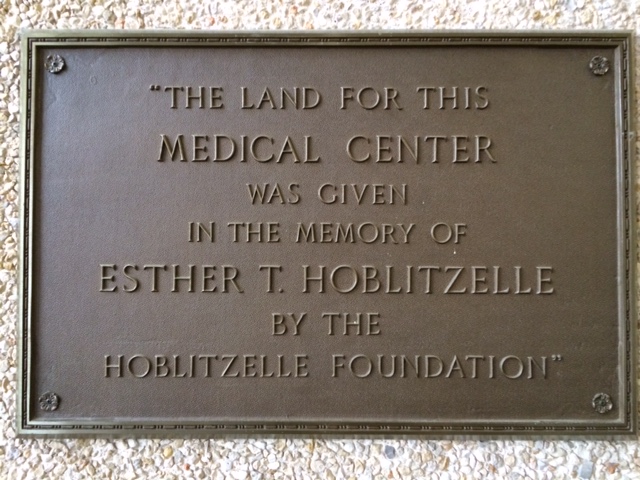A Conversation with Robert Prejean
Bricks, one of the oldest known building materials, came about when man thoughtfully mixed straw and clay together, creating a stronger product than the sum of its parts. For Robert Prejean, Manager and sole employee of the Southwestern Medical District, his brick making exists in the form of combining two loves, urban planning, and history. In Bob’s world, the two are intertwined and when used in a transdisciplinary fashion, build a better community for all.
Bob, the youngest of three children, grew up wandering the banks of Turtle Creek from his Oak Lawn home. This Dallas boy has always had a romance with cities. In his free time, he would “build” cities, carefully designing each area of the perfect city. He would think about the relationships between each land use; to include putting the airport all the way in his sister’s room. How encouraging when that childhood dream became reality as Bob went on to obtain a Bachelor of Fine Arts from Southern Methodist University and a Master’s degree in City and Regional Planning from the University of Texas at Arlington, and currently brings his years of professional urban design to the Southwestern Medical District.
With the upmost respect, Bob mentioned two pioneers that helped form the SWMD campus that we know today, Dr. Donald W. Seldin and Dr. Edward H. Cary. Dr. Seldin is known as the “intellectual father” of UT Southwestern. The legacy he left was the transformation of a small medical school housed in army barracks, also known as “The Shacks,” into one of the nation’s premier medical centers. Dr. Seldin credits the success of the Medical District to the synergy that exists between the three world-renowned medical institutions. Dr. Cary showed the power of “we” and the importance of Dallas’ philanthropic community support to the institutions. Dr. Cary together with Karl Hoblitzelle, Hall Shannon, and E. R. Brown chartered the Southwestern Medical Foundation in 1939, which today is integral in the success of the Medical District.
Building upon the past, there is not a day that goes by, 11 years and counting, that Bob has not thought, planned, or talked to people about how to create the best Southwestern Medical District. Collecting information and listening to stories has given Bob an extensive knowledge base of the SW Medical District and region. Time, as the great instructor, will yield a SWMD historical narrative that can solve today’s problems by investigating the past development patterns responsible for them while understanding the dynamic ever-changing world of technology and innovation in which we live; a marriage of past and present to expose areas of opportunity and concern.

The District we know today was built on land given by the Hoblitzelle Foundation in what was once the boonies and later heavily industrialized. Plaguing the District today the industrial land uses created the super block with the added challenge of being bisected by a heavily traveled old state highway. Definitely not the best combination for a thriving medical campus, however history is history. Undaunted by the urban burdens, the project team of Southwest Medical District, the City of Dallas, Dallas County, the North Central Texas Council of Governments, Texas Trees Foundation, and numerous private philanthropies are working in unison to fix the concrete plague. Bob recommended that we get back to the classic, Design with Nature, by Ian L. McHarg, and shift our focus to respect the land and what it can offer, healing for the staff and patients.
Lannie McClelen, Program Manager
